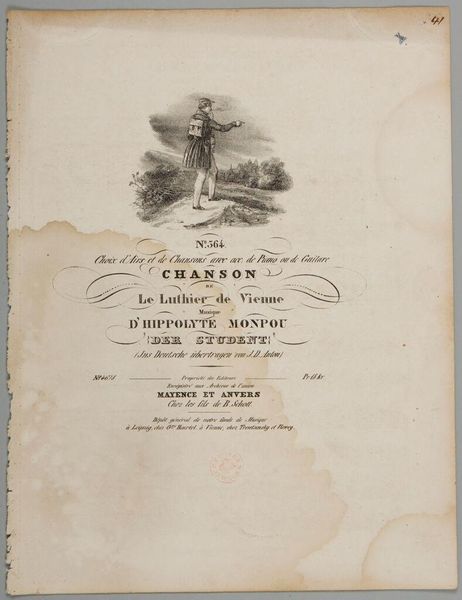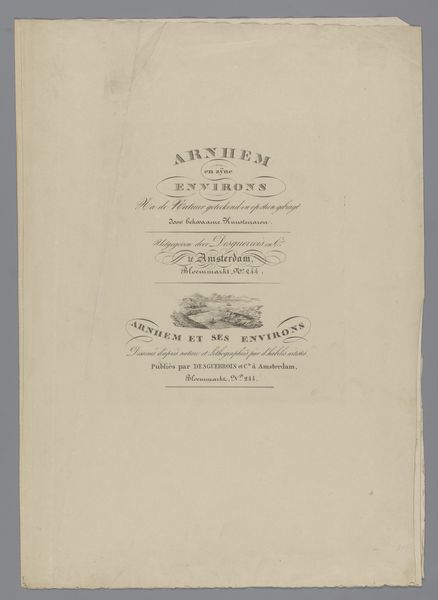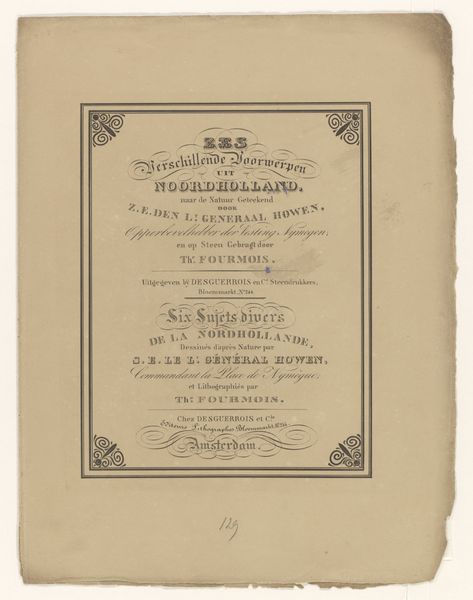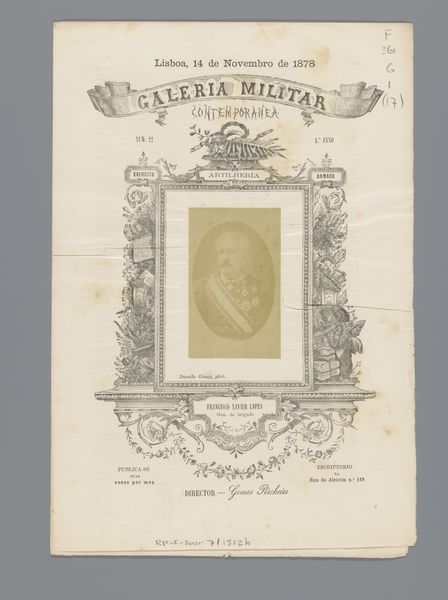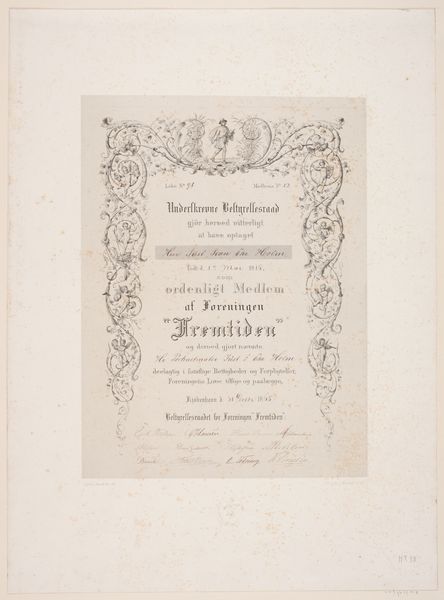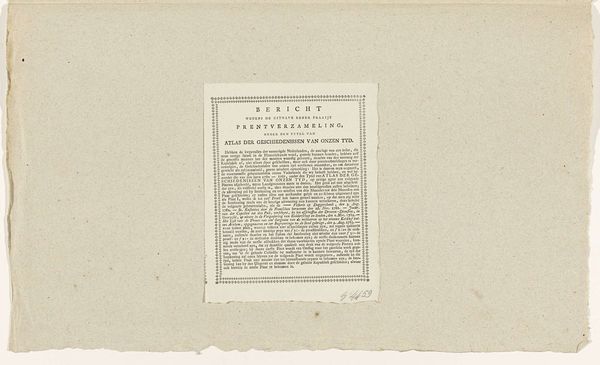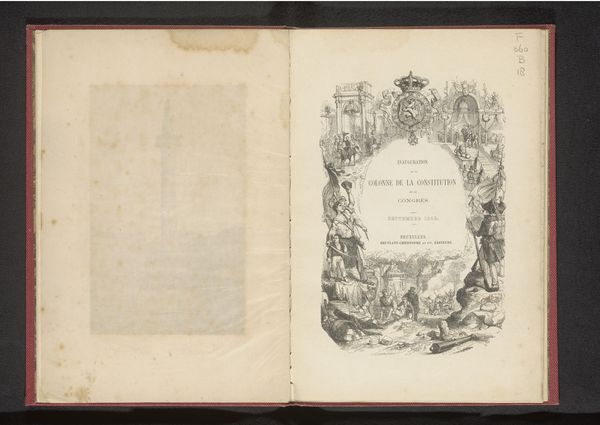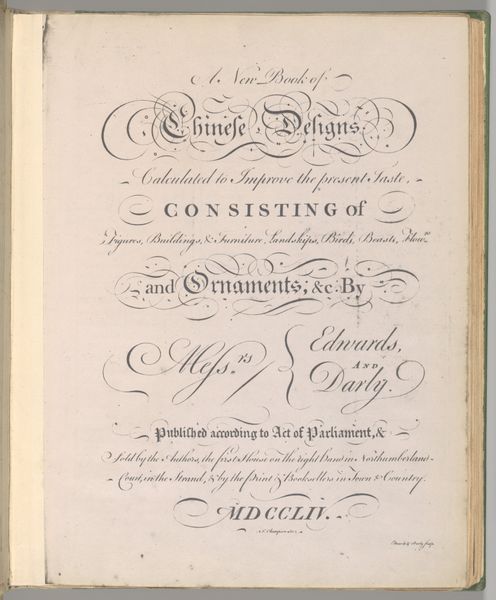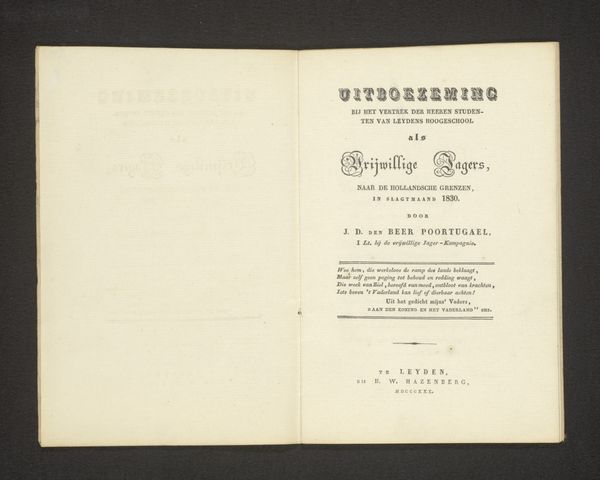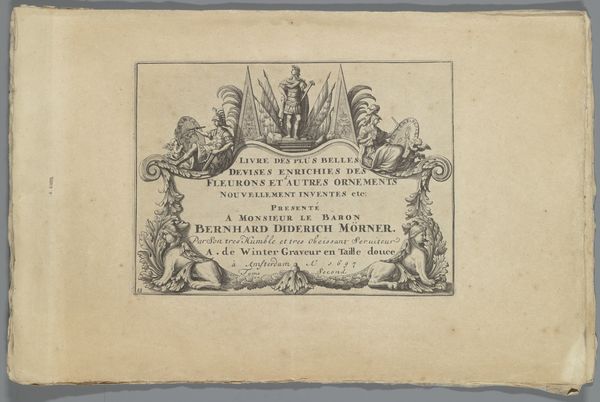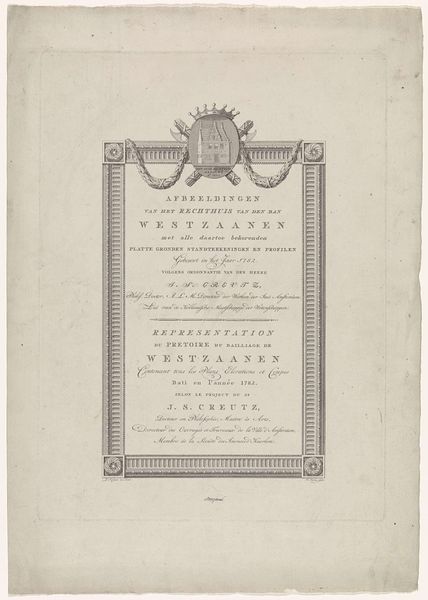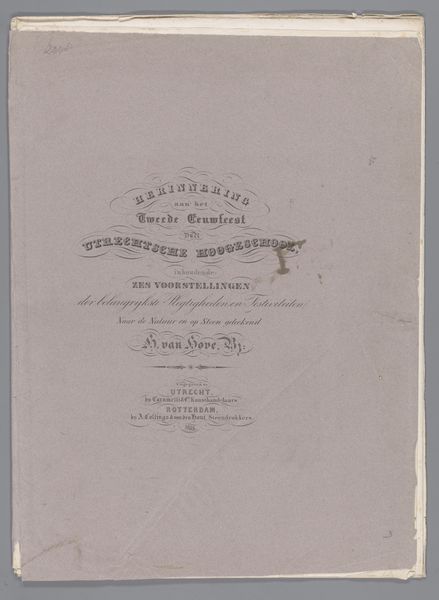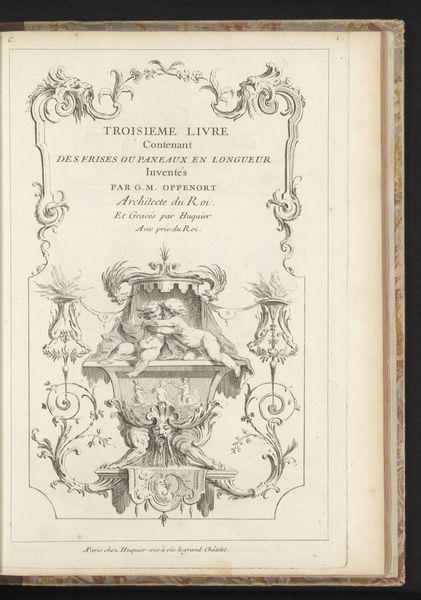
Mosquée de Cordoue and La Giralda et l'Alcazar de Séville 1837
0:00
0:00
drawing, lithograph, print
#
drawing
#
lithograph
# print
#
geometric
#
cityscape
#
islamic-art
Dimensions: Overall: 22 1/4 x 16 3/4 x 1 5/16 in. (56.5 x 42.5 x 3.4 cm)
Copyright: Public Domain
Editor: This is Joseph-Philibert Girault de Prangey’s "Mosquée de Cordoue and La Giralda et l'Alcazar de Séville," a lithograph from 1837. I am struck by the layering of the design, it looks almost like an ornate architectural blueprint. What's your perspective on it? Curator: Well, given the date, 1837, and Girault de Prangey’s architectural interests, this lithograph operates within the burgeoning Orientalist movement. But I wonder, what makes it different than just an exercise in Orientalism? Editor: I guess the intense geometric patterns and the incorporation of Arabic script suggests a more involved appreciation, rather than simply a European appropriation? Curator: Precisely. The meticulous detail serves not only as documentation, but also as an assertion of French cultural power through the act of capturing and representing Islamic architecture. Look at the positioning of the images of knights alongside the script and building; what do they signify to you? Editor: That they frame the images, suggesting maybe some appropriation. This isn’t purely an aesthetic choice but about the assertion of power through the gaze of the artist. Curator: Exactly. This lithograph provides insight into how artistic endeavors can intersect with imperial ambitions and shape perceptions of cultural heritage. Understanding that connection helps contextualize even seemingly decorative elements within a larger historical and political narrative. Editor: It is more complex than I initially assumed! Seeing it as an assertion of power changes everything. I learned something today! Curator: And me as well, I see it differently now with the more involved Arabic context.
Comments
No comments
Be the first to comment and join the conversation on the ultimate creative platform.
